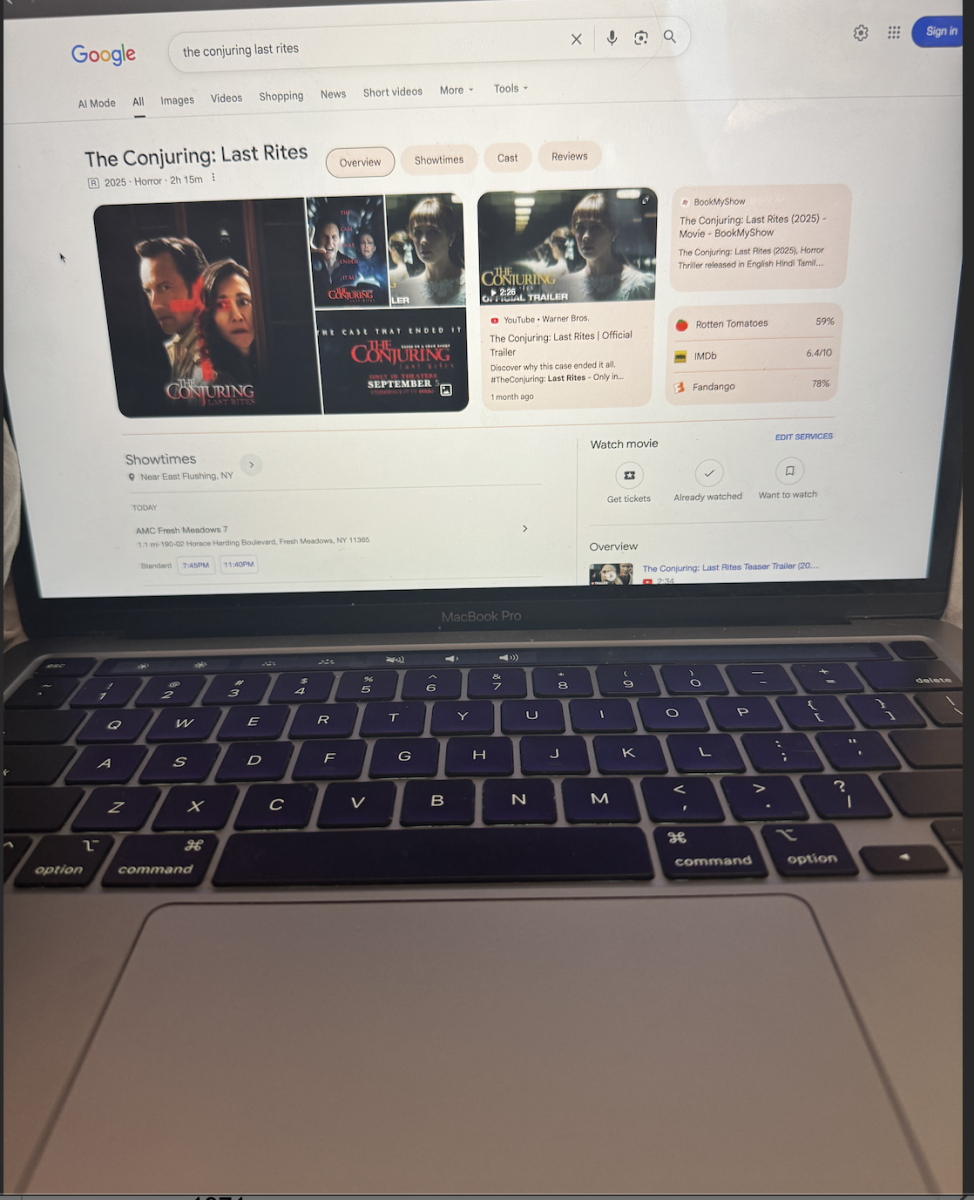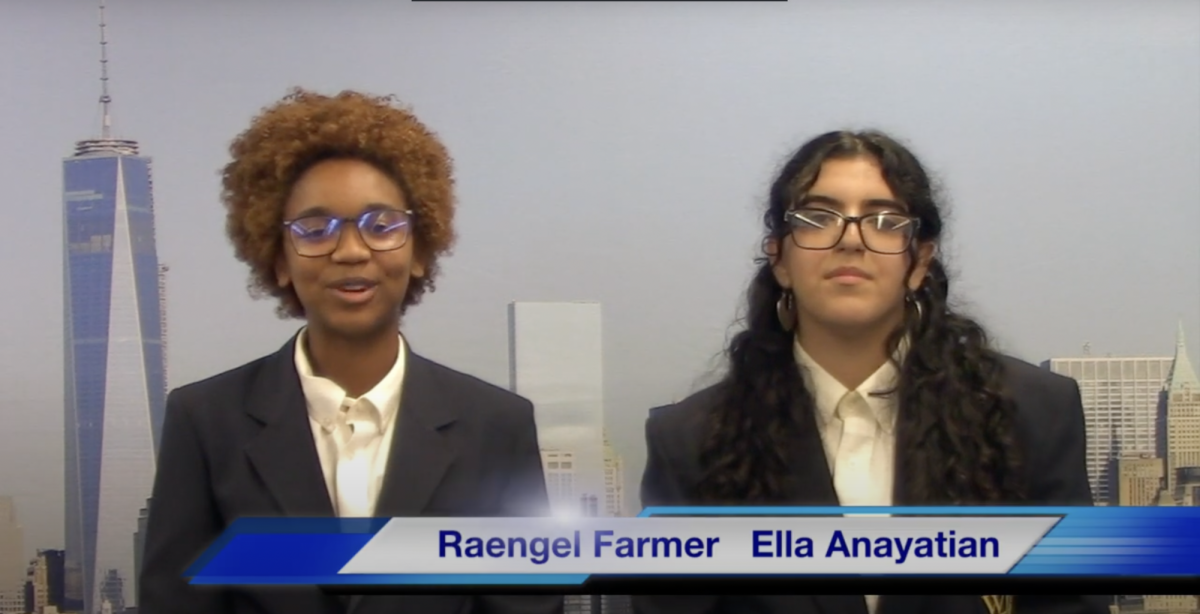
by Esther Animalu, contributing reporter
A teen caresses the hookah pipe, and inhales the flavored tobacco, with each gasping deep breath, and smoothness of the mind, an envelope of puffs begin to exhale with ease. Smoking hookah has become increasingly popular and common among teens, however, many of its hidden repercussions often goes unnoticed.
“Many people are smoking hookah now, especially teens. I personally will not resort to smoking hookah because I don’t know what’s actually inside the vapor,” sophomore Vanessa Torres said.
As stated by the Centers for Disease Control and Prevention, “The tobacco in hookahs is exposed to high heat from burning charcoal, and the smoke is at least as toxic as cigarette smoke. Because of the way a hookah is used, smokers may absorb more of the toxic substances also found in cigarette smoke than cigarette smokers do. An hour-long hookah smoking session involves 200 puffs, while smoking an average cigarette involves 20 puffs. Hookah smokers may be at risk for some of the same diseases as cigarette smokers. These include: Oral cancer, lung cancer, stomach cancer, cancer of the esophagus, reduced lung function and decreased fertility.”
Furthermore, numerous adolescents perceive that hookah is a much more safer, reputable and less harmful alternative as opposed to smoking cigarettes, cigars, and e-cigarettes. Hookah water pipes are able to change liquids that carry nicotine, flavorings, and other chemicals into a vapor, which is then inhaled. Also, due to it’s vast supply of flavors and easy acquisition, it makes hookah appear more appealing to younger users.
According to USA Today, “Since 2010 when study authors began tracking hookah use,
the number of 12th-graders across the USA reporting smoking it in the previous year has increased from 17.1% to 22.9% in 2014. Hookah is a social connector forged by the centuries of tradition in the Middle East and reinforced today at hookah bars in the Arab-American communities around Dearborn and on college campuses. The water pipes used to smoke specially flavored tobacco are often passed from one person to the next. But hookah can be deadly, according to a growing body of research. Hookah smoke can contain concentrations of toxins, such as carbon monoxide, nicotine, tar and heavy metals, that are as high or higher than those in cigarette smoke, according to the American Cancer Society.”
“I think that more teens are smoking hookah nowadays, and it becoming a big problem. But ultimately it’s their choice,” sophomore Lira Kang said.
Despite various efforts of anti-smoking legislation, hookah bars proceed to increase in numbers, due to loopholes within the law system that exempts or don’t specifically address the uses of water pipes. Thus, triggering more consumers as well as revenue for the hookah chain as a whole.
As stated by The National Center for Biotechnology Information, “Although US cigarette smoking is decreasing, hookah tobacco smoking (HTS) is an emerging trend associated with substantial toxicant exposure. We assessed how a representative sample of US tobacco control policies may apply to HTS… Although 73 of the 100 largest US cities have laws that disallow cigarette smoking in bars, 69 of these cities have exemptions that allow HTS; 4 of the 69 have passed legislation specifically exempting HTS, and 65 may permit HTS via generic tobacco retail establishment exemptions. Cities in which HTS may be exempted had denser populations than cities without clean air legislation.”
Above all, it is highly critical and beneficial for teens to be educated regarding the harmful repercussions that can be caused by hookah inhalation. Intermixed within the vapor, are detrimental chemicals and toxins that can put a significantly hefty strain on one’s personal health in the long run.




































